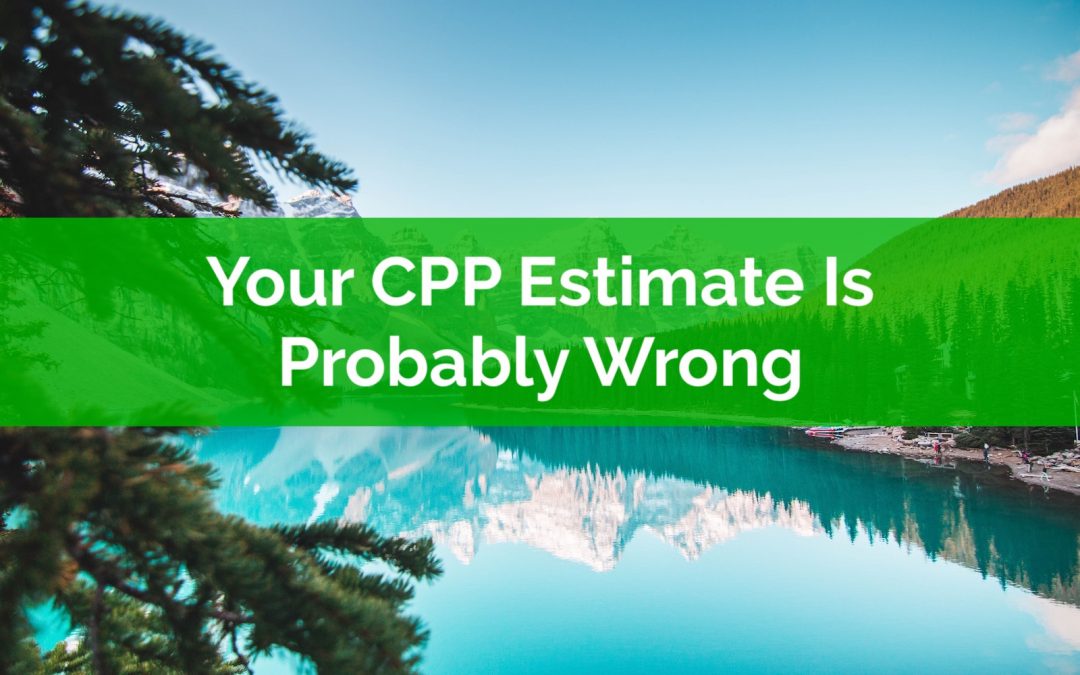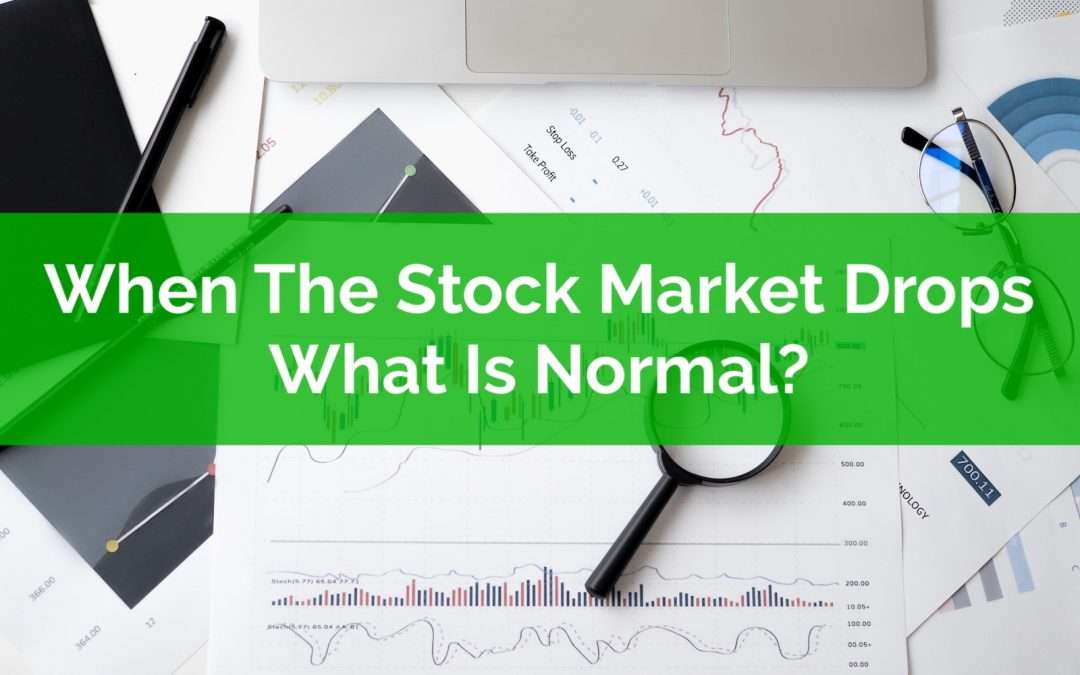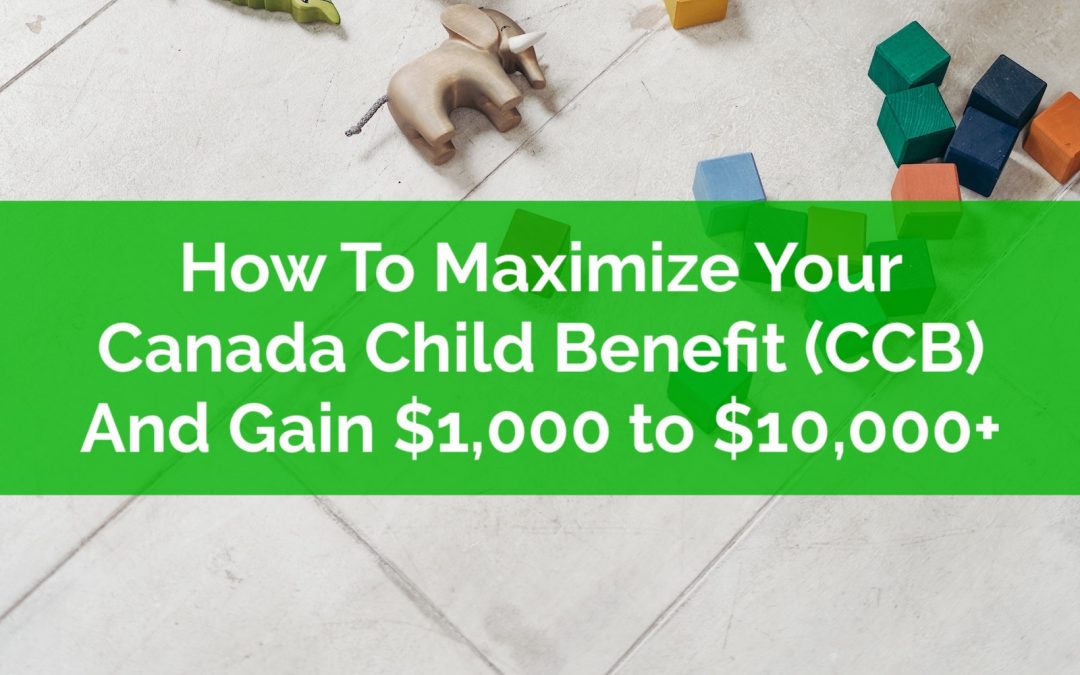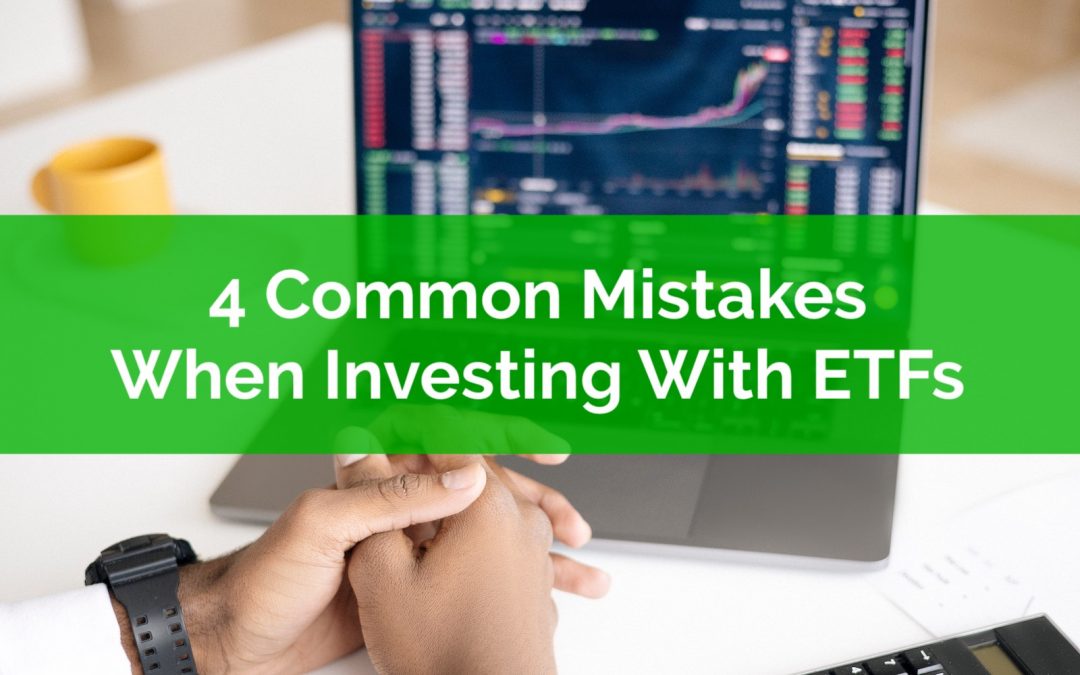
by Owen | Jul 18, 2022 | Financial Planning, Government Programs, Income, Retirement Planning
If you’re preparing for retirement, then you may have looked up your CPP estimate to get an idea of how much you might receive from the Canada Pension Plan (CPP) in the future.
But did you know that your CPP estimate is probably wrong?
If you’re wondering “How much CPP will I get” then its important to know that your CPP estimate is based on some pretty big assumptions. Unless you’re about to start CPP tomorrow, your actual CPP could be much different than your estimate.
When Service Canada creates your CPP estimate there are a few important assumptions they’re making about your future income and years of work. These assumptions are necessary to create an estimate of your future CPP benefits because CPP benefits are based on contributions which in turn are based on employment income.
But if your future employment income is different than their assumptions this could lead to your actual CPP being much lower or possibly much higher than estimated.
In this blog post we’re going to look at the three major assumptions that impact your CPP estimate and why the amount you receive from CPP could be thousands per year different than what the estimate suggests. We’re also going to look at how you can use a CPP calculator to get a better estimate of your future CPP benefit.

by Owen | Jul 11, 2022 | Behavioral Finance, Financial Planning, Investment Planning, Retirement Planning
When the stock market drops, what should you consider “normal” and when should you be concerned?
When there is a stock market drop, a large stock market correction, or a recession, it can be very disconcerting to see your portfolio drop day after day and week after week. For new investors, and even many experienced investors, seeing their portfolio decline by $1,000, $10,000, or even $100,000+ can be tough to stomach.
But as investors, we should anticipate that our portfolios will drop and some point. A portfolio will probably go through 5-10 large stock market drops over a lifetime. The question is, how large a drop is considered “normal”? And at what point should you be concerned?
During a large stock market drop it can be hard to avoid negative headlines. Bad news sells and when the stock market drops it can make headlines for months or years. This “headline effect” can cause even more panic.
But large drops in the stock market have been happening for decades. The reason may be different, but the result is always the same, a large decline in portfolio value followed by a recovery (at some point).
These historical stock market drops can teach us a good lesson about what is considered “normal”.
What “normal” is will depend on a few factors. The first factor is your level of diversification. The second factor is your current asset allocation, how is your portfolio allocated between equities and fixed-income. The third factor is if you’re currently in the accumulation phase, which can help mute the impact of a large stock market drop, or if you’re in the decumulation phase, when retirement withdrawals can amplify the impact of a large stock market decline.
Let’s look at some historical data to understand what “normal” looks like based on some of these factors.

by Owen | Jun 27, 2022 | Financial Planning, Government Programs, Investment Planning, RESP/Kids Education, Saving Money, Tax Planning
If you currently have children, or if you’re planning to have children soon, or if you know someone with children, then this blog post could help you increase the Canada Child Benefit (CCB) by $1,000’s or even $10,000’s.
The Canada Child Benefit is a generous government benefit. It’s available to families with children aged 17 and under. This benefit is based on taxable income and can be maximized with some careful planning.
By using just two common accounts, the TFSA and the RRSP, we can maximize the Canada Child Benefit (CCB) and also minimize income tax.
The net result is $1,000’s or $10,000’s in additional Canada Child Benefit (CCB) and potentially $100,000+ in additional net worth over the course of a financial plan.
In this blog post we’re going to go through a specific example of how one family can boost their Canada Child Benefit by over $55,000, and when combined with income tax reductions, improve their overall net worth by $300,000+

by Owen | Jun 13, 2022 | Financial Planning, Government Programs, Income, Retirement Planning
When is the best time to start CPP benefits? In some cases, delaying CPP until age 70 is a wise choice. But in other cases, it might be best to start CPP at age 60.
In this blog post we’re going to look at six good reasons to start CPP at age 60.
Starting CPP at age 60 will mean a smaller monthly benefit but it also means getting CPP income earlier. Starting CPP at age 60 will decrease the size of the benefit by 36% versus the calculated amount at age 65, but even this reduced amount can be $10,000 per year or more!
This reduction in CPP benefits is called the actuarial adjustment and it’s 0.6% for each month that CPP starts before age 65. The maximum reduction is 36% if CPP starts at age 60 but this same rule applies to any start age in between. Start CPP 2-years early at age 63? That’s a 14.4% reduction (24-months x 0.6% per month). Start CPP 3.5-years early at age 61.5? That’s a 25.2% reduction (42-months x 0.6% per month).
Despite the reduction in monthly benefits there are a few very good reasons to start CPP at age 60…

by Owen | May 30, 2022 | Behavioral Finance, Financial Planning, Investment Planning, Retirement Planning
Investing with ETFs has become commonplace over the last 5-10 years, and with good reason, investing with ETFs can provide an easy, low-cost, highly diversified way to create an investment portfolio. But with all the attention ETFs have been getting, it’s understandable that mistakes are being made when self-directed investors are implementing their ETF portfolios.
As an advice-only financial planner, we work with a lot of self-directed investors who want to create a more detailed financial plan. We see a lot of investment portfolios, some of which are excellent, and some with opportunities to improve.
ETF investing has become popular thanks to personal finance bloggers like Canadian Couch Potato. By copying a simple 3-4 fund Canadian Couch Potato portfolio, it’s easy to create a simple, low-cost, and highly diversified investment portfolio.
This low-cost index investing approach is typically what people are referring to when they talk about ETF investing. The issue is that this nuance/detail is often not mentioned or glossed over when ETFs are discussed in the media/newspapers/online forums etc.
The result is that there are many self-directed investors who are keen to use ETFs but are making “mistakes” that could increase their investment fees, decrease their level of diversification, increase their level of risk, or decrease their long-term returns.
Mistakes is in quotations because these are only mistakes when compared to a simple 3-4 fund portfolio (or an even simpler all-in-one portfolio). Some investors may not think these are mistakes at all, but I would challenge any self-directed investor to watch out for the mistakes below, and carefully consider if they may be making some or perhaps all these mistakes when creating an investment portfolio.

by Owen | May 16, 2022 | Behavioral Finance, Financial Planning, Investment Planning, Retirement Planning, Saving Money
When it comes to financial planning we often focus on the numbers, net worth, debt, rate of return etc. But half of financial planning has nothing to do with the numbers. Half of financial planning is about behavior. It’s about managing our behavior, our expectations, our emotions etc.
When it comes to personal finance, and specifically investing, we are often our own worst enemy. We make financial decisions based purely on emotion, often costing us more money down the road.
One of the most common mistakes we make is checking our investment portfolio too often. Investment portfolios are not something that should be checked daily or weekly (unless you’re day trading, which is a whole other conversation)
Checking our investment portfolios has become even easier with online brokerage accounts and financial aggregator apps like Mint.
But… just because it’s possible doesn’t mean you should.
The problem with checking your portfolio too often is that we don’t feel gains the same way we feel losses, even if they’re worth the exact same amount.
The emotional impact of a $10,000 loss is more than the emotional benefit from a $10,000 gain. It’s completely illogical, but that’s how we feel. We experience the emotional impact of losses more than gains. We remember losses more vividly, and for a longer period of time than we do for gains.
This is a problem when it comes to investing. Even though a well-diversified portfolio should gain over the long-term, it will likely experience some big swings in the short and medium-term. By checking our portfolios too often we experienced all those gains and losses, and because we feel losses more than gains, the net effect is that we can feel a bit sad.
What we need to do is check our portfolio less often, especially for medium and large portfolios. Let me explain why…
Page 6 of 19«...45678...»






